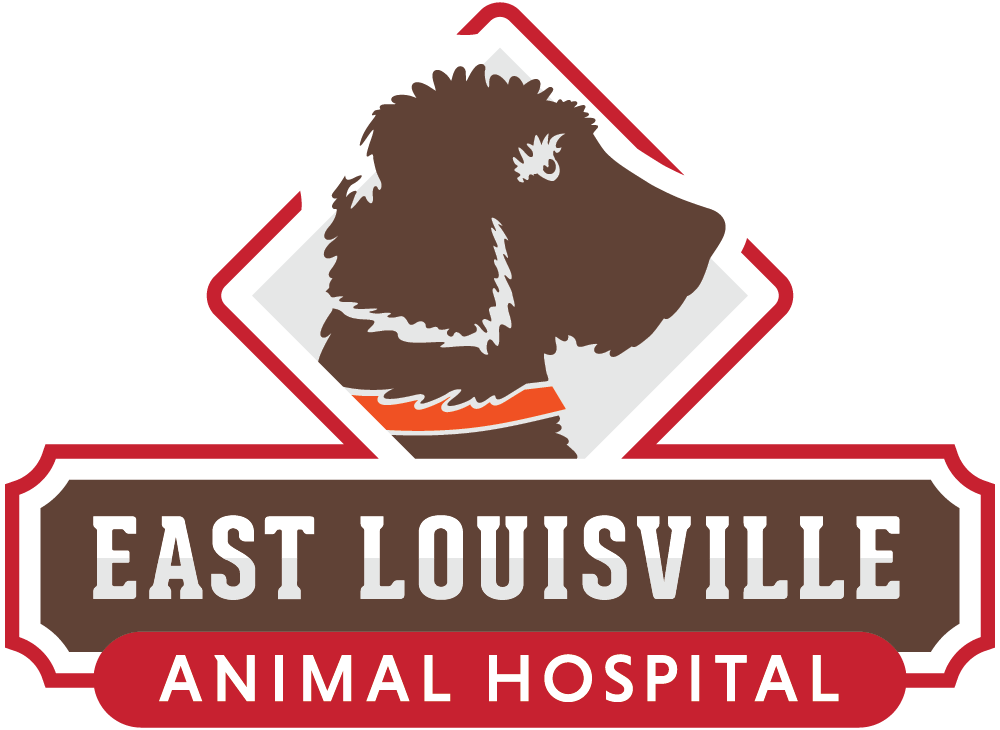
Tarter build-up will decay your pet’s teeth, leading to painful gum disease.
February is National Pet Dental Health Month. Dental health is an essential part of your dog or cat’s overall health. When your pet has an exam, part of that includes an oral exam that can help us determine whether or not it’s time to schedule a cleaning for your pet.
What is involved in a dental exam?
Like most exams, we start with a history. A technician will talk with you about any concerns you have for your pet, including oral health. Do you notice your pet’s breath seems smelly beyond the average dog/cat breath? Have they been pawing at their mouth or rubbing their face? Have you seen them having any problems chewing, dropping food or using one side of their mouth to chew? If you answered yes to any of these, they might be indications that there are some dental concerns. When your veterinarian comes in, they’ll look in the mouth and check for anything abnormal, such as irritated or bleeding gums, excess tartar, or fractured teeth. After the oral exam, your veterinarian will make recommendations on if/when you should schedule a dental cleaning for your pet.
Why is dental cleaning important?
Some of the benefits of dental cleanings seem relatively clear, such as better breath and visibly cleaner teeth. There are some unexpected benefits too. Bacteria that lies under the gum line can be cleaned, reducing the risk of infections to your pet’s organs. Clean teeth are healthier teeth so that regular cleanings may prevent oral pain and tooth loss in your pet’s future.

A routine oral exam and cleaning will keep our pet’s teeth healthy.
How can you maintain dental health at home?
Daily brushing is the easiest and simplest method of prevention. Can you imagine not brushing your teeth for long periods? Food and debris would build up, your breath would continue to get worse, and eventually, it would start to hurt your mouth. The same is true for our pets. Not every pet will tolerate brushing, but if they will, it can be a quick and natural part of your routine. Use a child’s toothbrush with soft bristles, a finger toothbrush, or a pet-specific toothbrush. Our pets can’t tolerate human toothpaste. Aside from some components in it that are human-specific, our pets can’t spit out the foam! There are a variety of pet-safe kinds of toothpaste, with flavors that are more appealing to them, like chicken, seafood, and malt.
Dental chews are another great way to keep your pet’s teeth clean and healthy. There are a variety of options available, ranging from softer chews that coat the teeth and create a barrier against bacteria, to harder chews that clean the teeth through a mechanical, scrubbing action. Dry kibble can also slow tartar buildup due to the more abrasive texture rubbing against your pet’s teeth.
